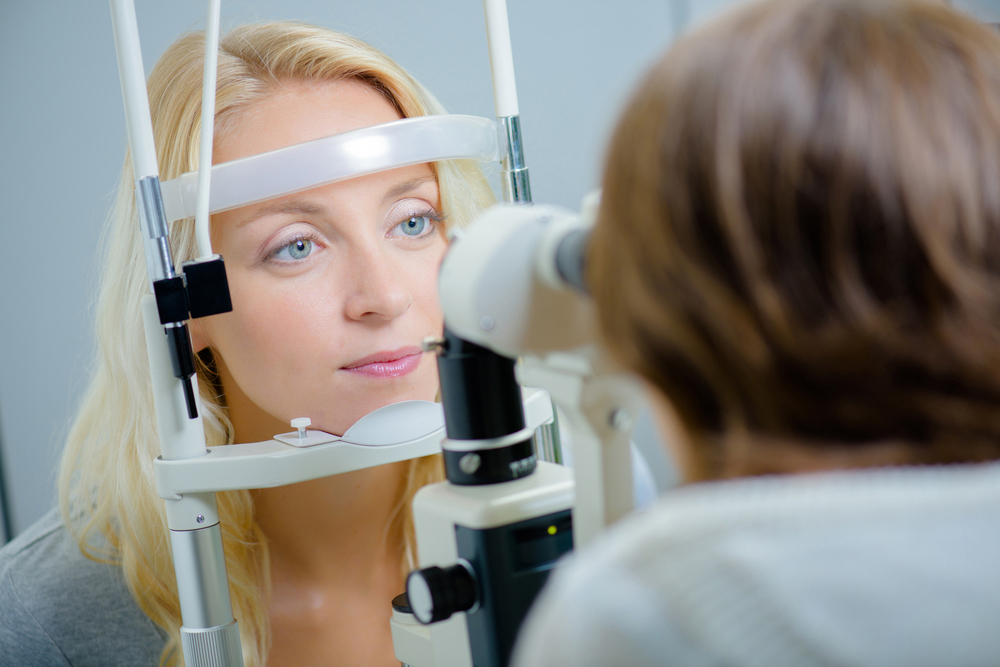The cornea is the outermost transparent part of the eye through which light enters the eye and is refracted. There are various pathological conditions of cornea like ulcers, opacities, degenerations & dystrophies. Some of these diseases can be managed medically with eye drops while certain conditions require corneal surgery. Keratoplasty is the procedure where the diseased cornea is replaced with a healthy donor cornea.
We at high tech eye care & laser center have various diagnostic equipment like photo slit lamp, corneal topography, pachymetry to diagnose pathologies at an early stage. We also offer various treatment modalities like C3R for Keratoconus, Sutureless grafting after pterygium excision etc.

